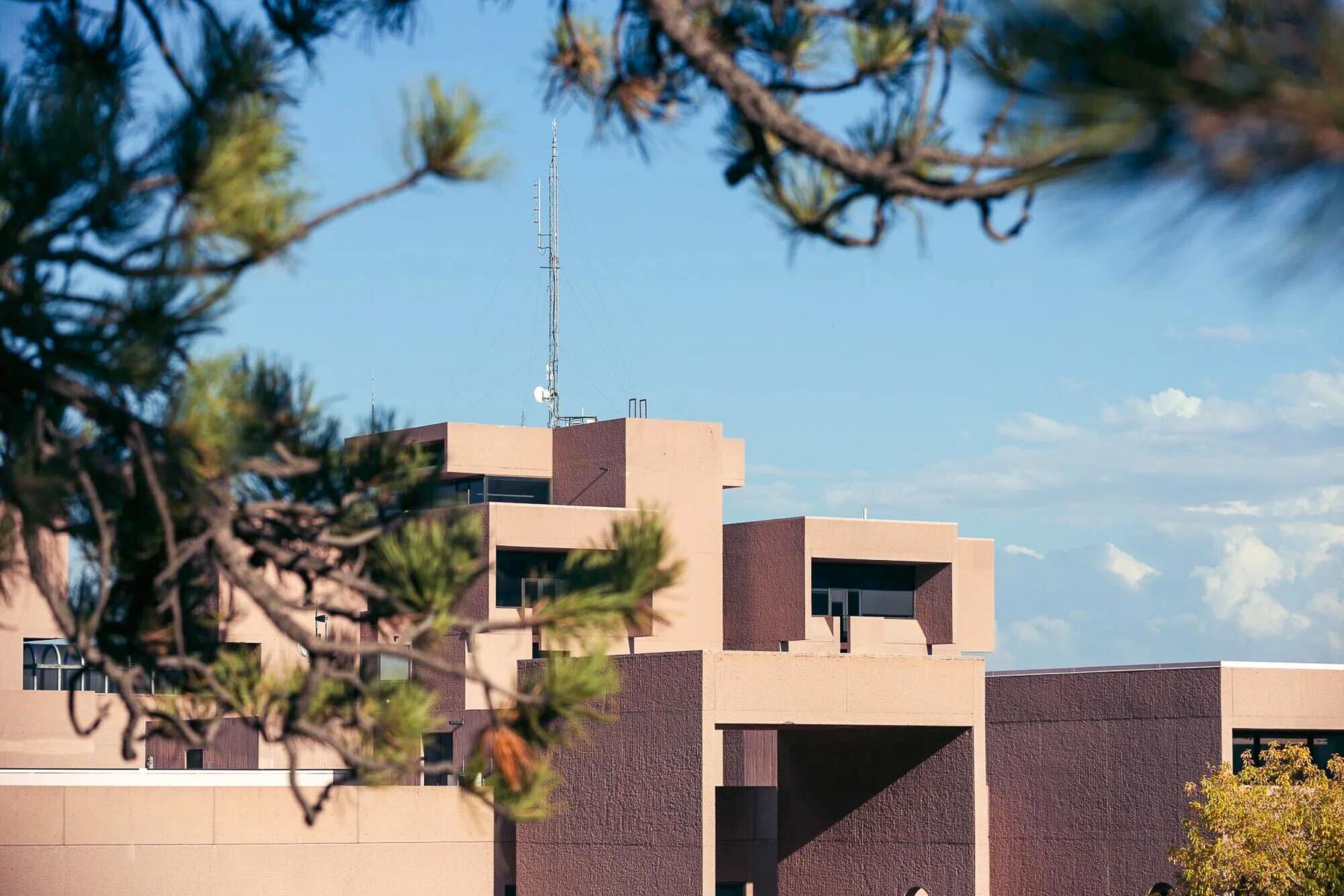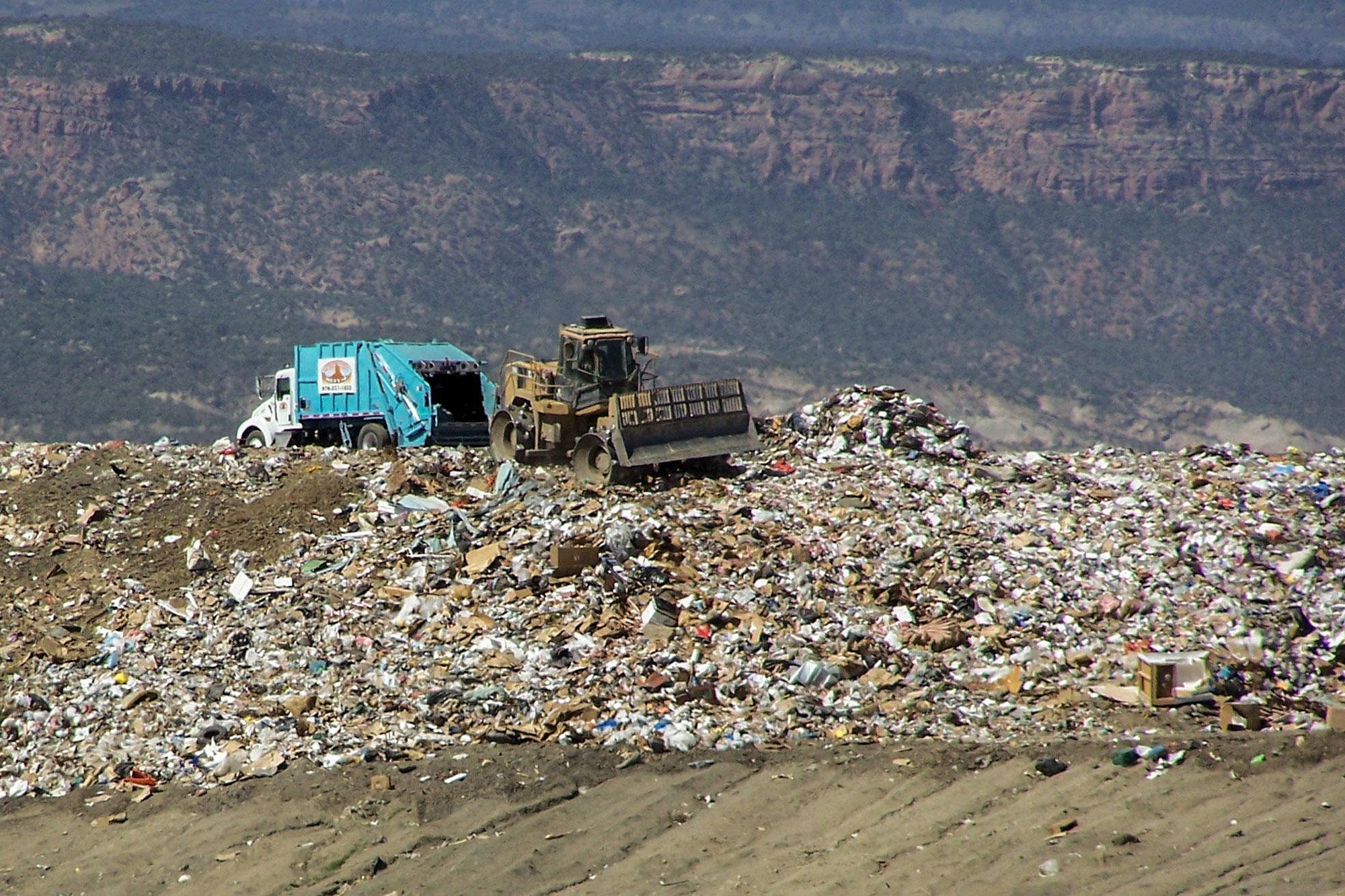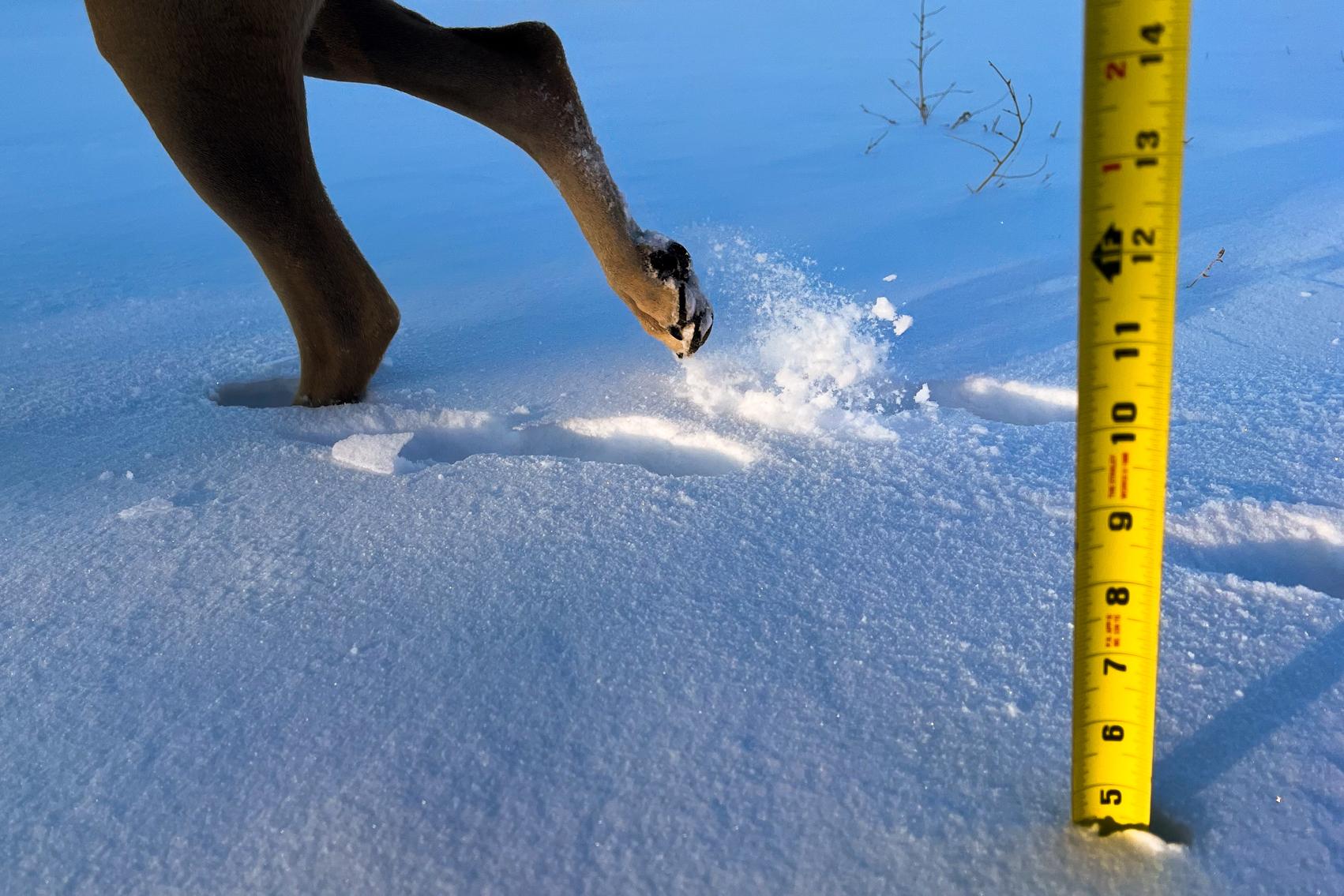
Updated at 2:20 p.m. March 17, 2024.
When it comes to weather in Denver, plenty of people are puzzled about one thing in particular: Why does so much information tend to come from Denver International Airport when nobody lives there?
We’ve asked Denver7 chief meteorologist Mike Nelson this question before.
“Because that’s where the FAA requires that we have accurate weather observations for airline safety,” he told Colorado Matters. “And so if you think about it, there are weather observations taken at Buckley [Space Force Base] and at Centennial [Airport] and up to the north at Rocky Mountain [Metropolitan] Airport and out at DIA.”
It makes sense. But there’s also more to it.
Denver started taking official weather observations back in 1872 thanks to the U.S. Army Signal Corps.
“The first official observation site was actually at 16th and Larimer [streets] in downtown Denver,” said Jennifer Stark, the meteorologist in charge at the National Weather Service’s Boulder office.
The equipment was installed on the roof of a three-story brick building. It’s the third building down from the Broadwell House captured in an old photograph from a History Colorado collection.
“It would have a wind vane,” Stark said. “It probably had an anemometer and I'm sure a mercury thermometer for high and low temperatures and maybe even a mercury wet bulb thermometer, which would tell us the dewpoint depression and then we could calculate relative humidity.”
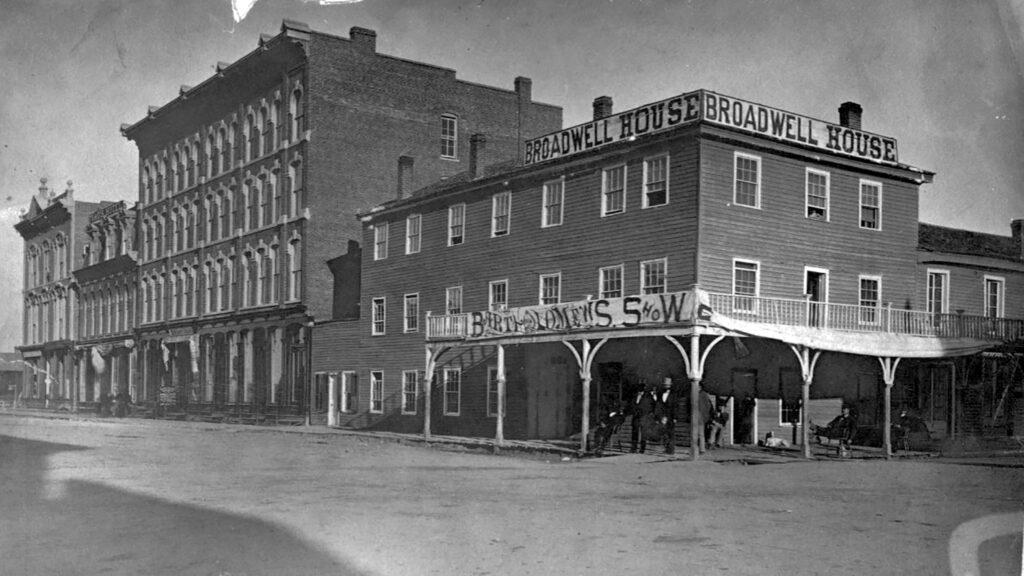
There was probably a rain gauge up there too, as well as a flag pole.
“The Colorado state climatologists said that they would fly flags that would tell the public what type of weather to expect or if they were issuing some type of weather warning, and that was how they let folks know about the upcoming weather,” Stark said.
The National Weather Service has even put together a timeline that lists all of the city’s official weather observation sites. Through the first half of the 20th century, Denver’s official weather observation site stayed downtown.
During that time, the site was moved quite a bit as the city grew and new buildings popped up. That includes the post office building that Denver opened at 19th and Stout streets in 1916. Fun fact: That building still stands today and is now the Byron White U.S. Courthouse.
“And that is one of the things that is maybe not the best for accurate weather observations is to have a lot of concrete, a lot of buildings, less natural surroundings,” Stark said. “It's going to tend to skew the data. Sometimes you can have a shadow created by another tall building. Rooftops are going to be, maybe, subject to collecting more incoming solar radiation and maybe skewing the temperatures.”
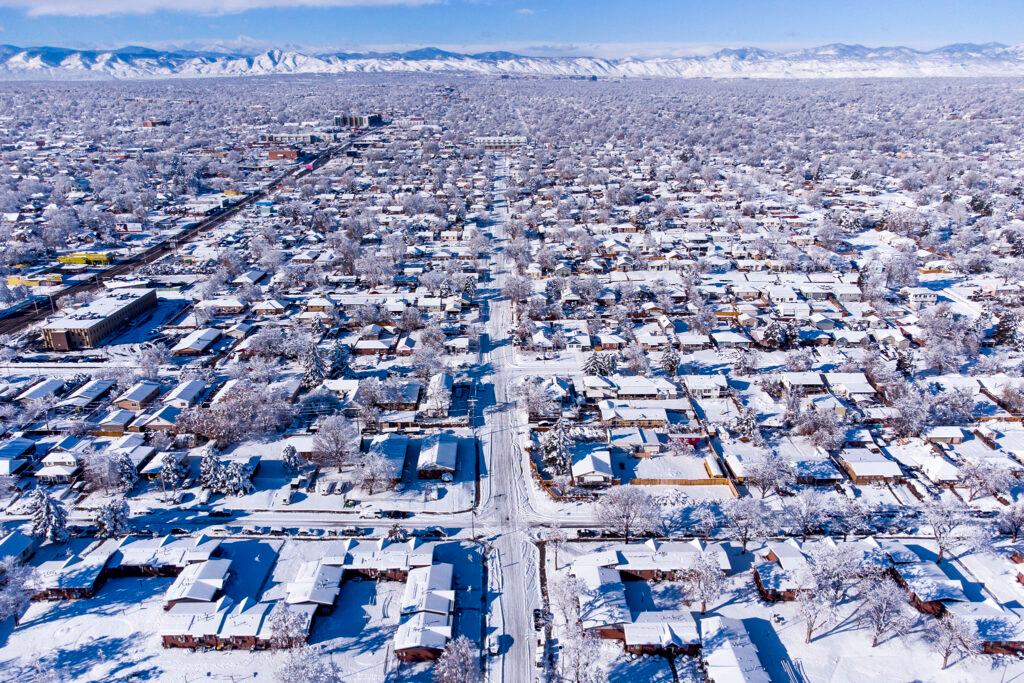
Entering the airport weather observation era
And that brings us back to airports and another reason why, according to Stark, they make good observation sites. There’s not much around them and development is controlled, so the sensors and other equipment can be near the ground and out in the open.
By 1950, Denver moved its official weather collection site to the Stapleton Airport in the neighborhood now known as Central Park. And after DIA opened in 1995, it became the new home for weather observations.
“DIA is the official climate site. It's where the records are kept [and] held,” Stark said. “If you see that we broke a high-temperature record or a low-temperature record or daily precipitation record, it is from DIA.”
Once again, flight safety is the key reason. But Stark said there’s one other factor to keep in mind that has to do with repairs and contingencies.
“It's critically important that the site is maintained and backed up, and not every site has a human backup observer,” she explained. “So if something were to happen to the automated equipment, they won't have a current surface weather observation.”
At DIA, someone is always stationed to take backup observations just in case anything goes wrong. And while a lot of the equipment is automated, one thing is not: Humans still measure snowfall at the airport using a stake in the ground — just like you do with a ruler in your backyard. That being said, DIA does have an automated sensor that measures liquid precipitation after the snow melts.
And of course, weather can vary widely across metro Denver. And that’s why the National Weather Service’s Boulder office and other groups, like the Community Collaborative Rain, Hail and Snow Network, also collect observations from Coloradans who report their own data.
“As scientists, we love having as much data as we can get and putting it out to the public,” Stark said.
And you can help do that by sharing things like photos on social media or even logging your own reports as a citizen scientist. That’s particularly helpful with measurements like hail size and snowfall, which are usually reported most accurately by people and then quality controlled by the National Weather Service or other scientists. You can even find some tips from CoCoRaHS on how to properly measure snow.
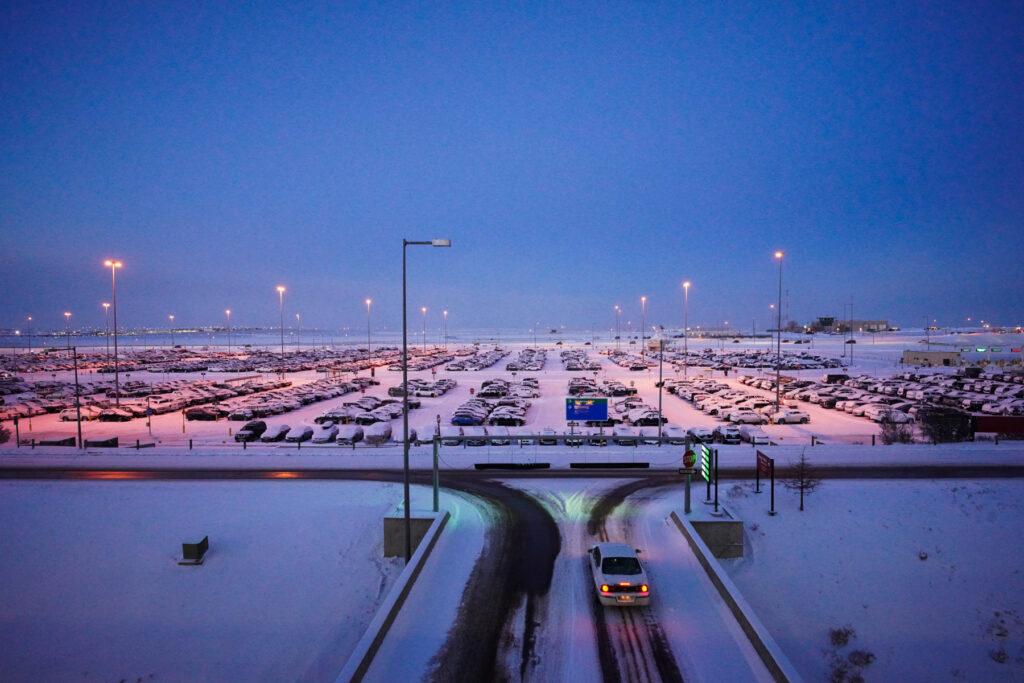
And with those variations in weather across the metro area, something is being done to provide more complete data for the city.
In 2021, Denver’s city council voted to outfit an old station at the site where official observations used to be taken at Denver’s former airport.
And that’s important not just for real-time measurements but also for creating accurate data comparisons that can help track climate change. Because when the official weather station moved 17 miles northeast to DIA, it created a disconnect in the data.
“As the climate changes, it’s not really a one-to-one of what happens out there [at DIA] to what happens right here [in Central Park],” said Denver7 chief meteorologist Nelson, who helped lead the push for a new supplemental station. “Then we can reconnect those decades of data to see how temperatures and precipitation have really changed here with our changing climate.”
The site of the restored weather station in Central Park is where the National Weather Service used to have its office. It’s also where the agency still launches weather balloons to measure the upper atmosphere, although that’s not currently happening because of a nationwide helium shortage.
And while the official weather reports still come from DIA, the National Oceanic and Atmospheric Administration is working to quality control the data that comes from Central Park. Then it’ll be made public.
“This will be a very valuable bit of information to have to see how Denver’s weather is really changing,” Nelson said.



